
How to Use ESP32 NODE32S: Examples, Pinouts, and Specs
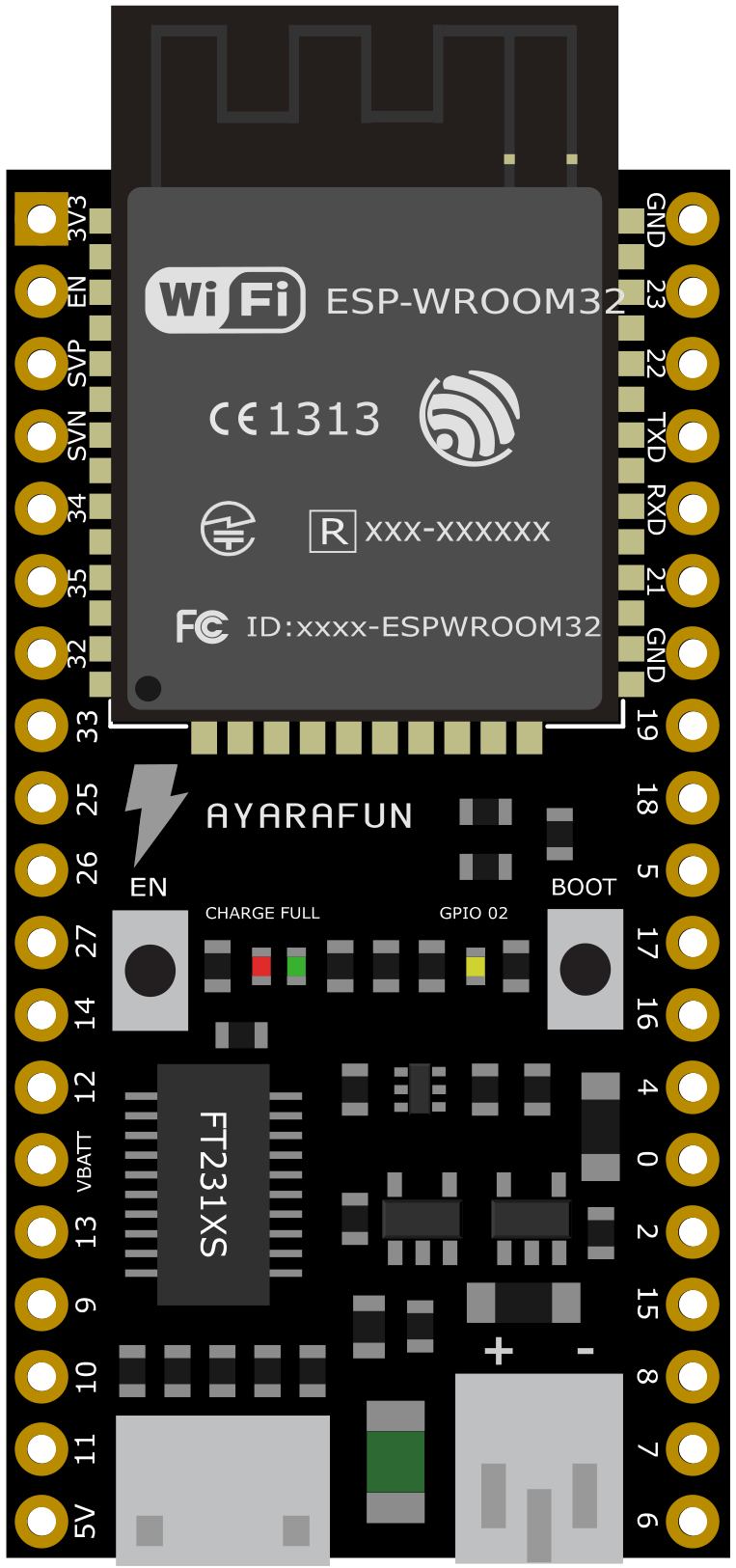
 Design with ESP32 NODE32S in Cirkit Designer
Design with ESP32 NODE32S in Cirkit DesignerIntroduction
The ESP32 NODE32S is a versatile microcontroller board based on the powerful ESP32 chip. It features integrated Wi-Fi and Bluetooth capabilities, making it an excellent choice for Internet of Things (IoT) applications, home automation, wireless sensor networks, and other projects requiring reliable wireless communication. With its dual-core processor, ample GPIO pins, and support for various communication protocols, the ESP32 NODE32S is a favorite among hobbyists and professionals alike.
Explore Projects Built with ESP32 NODE32S
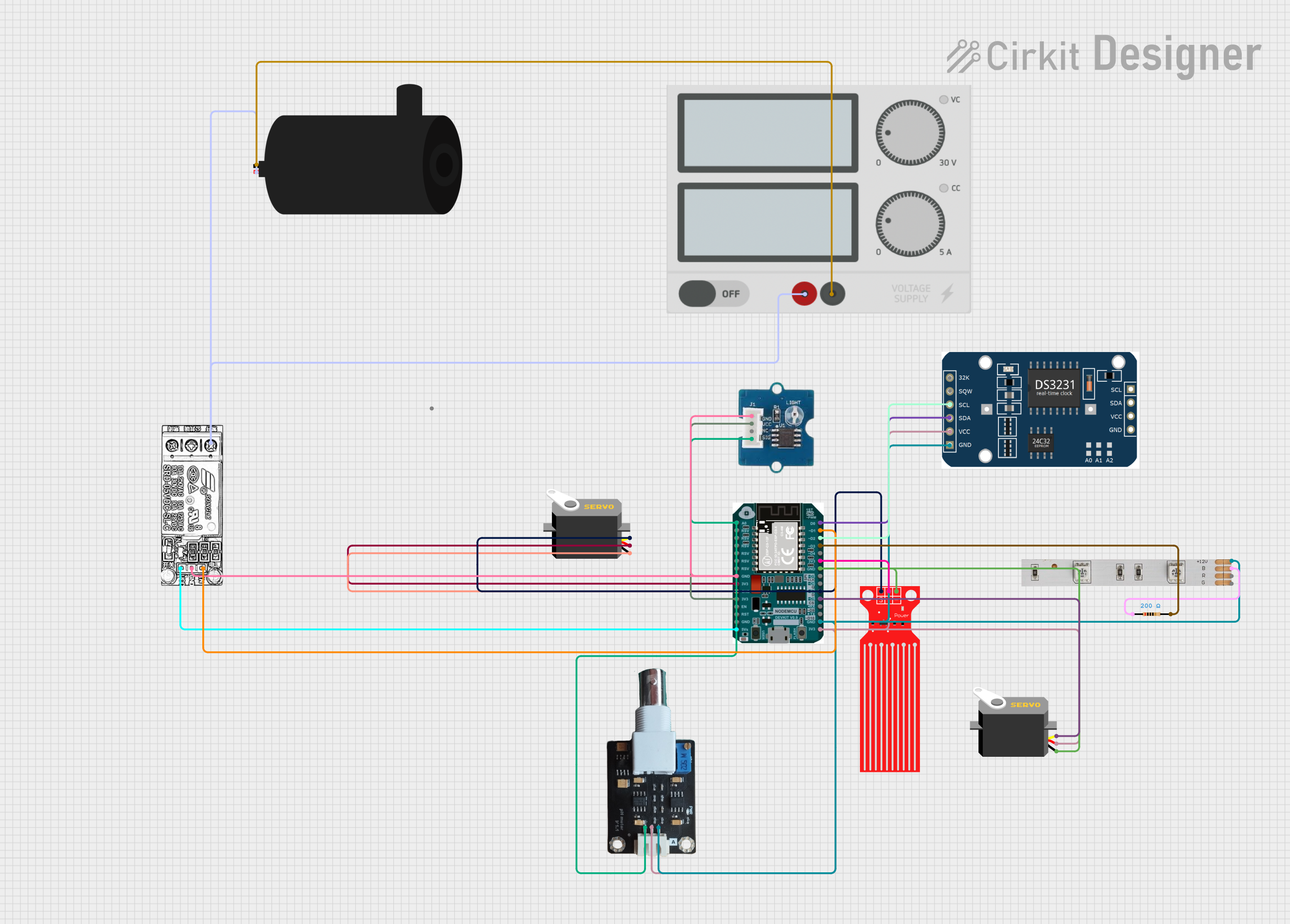
 Open Project in Cirkit Designer
Open Project in Cirkit Designer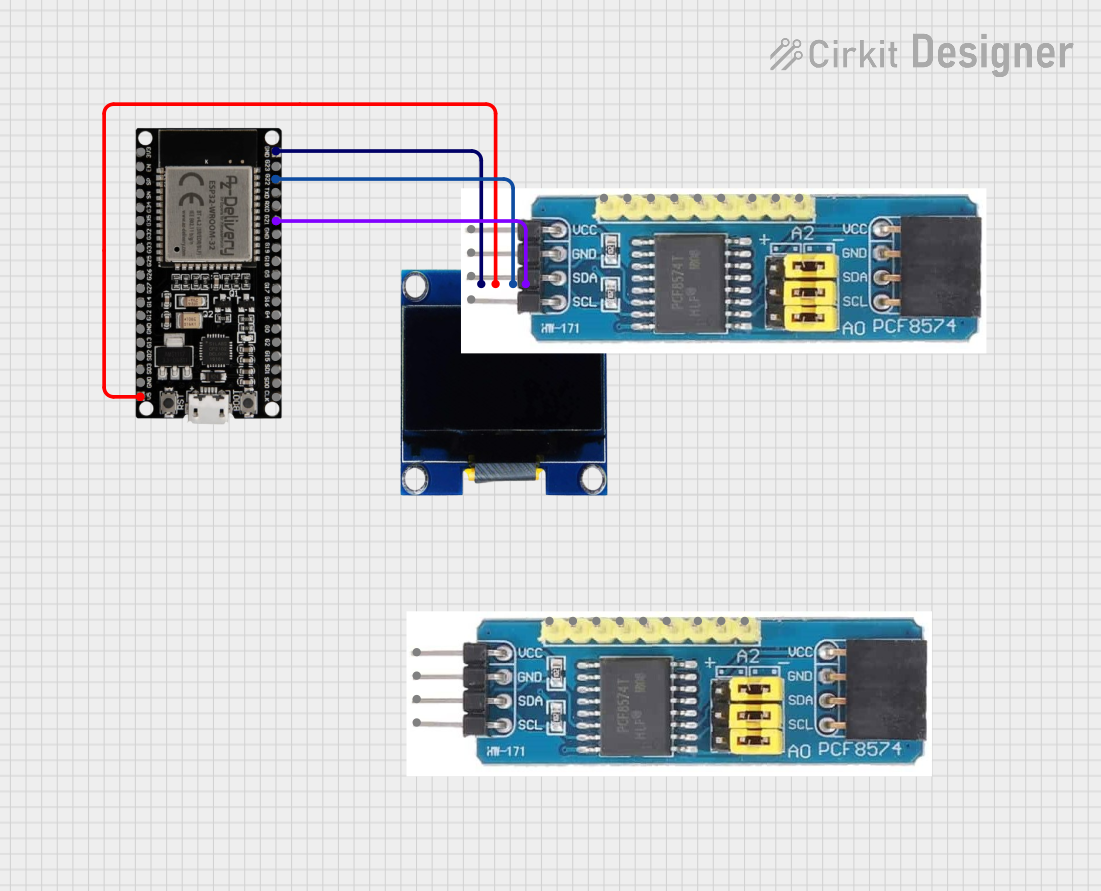
 Open Project in Cirkit Designer
Open Project in Cirkit Designer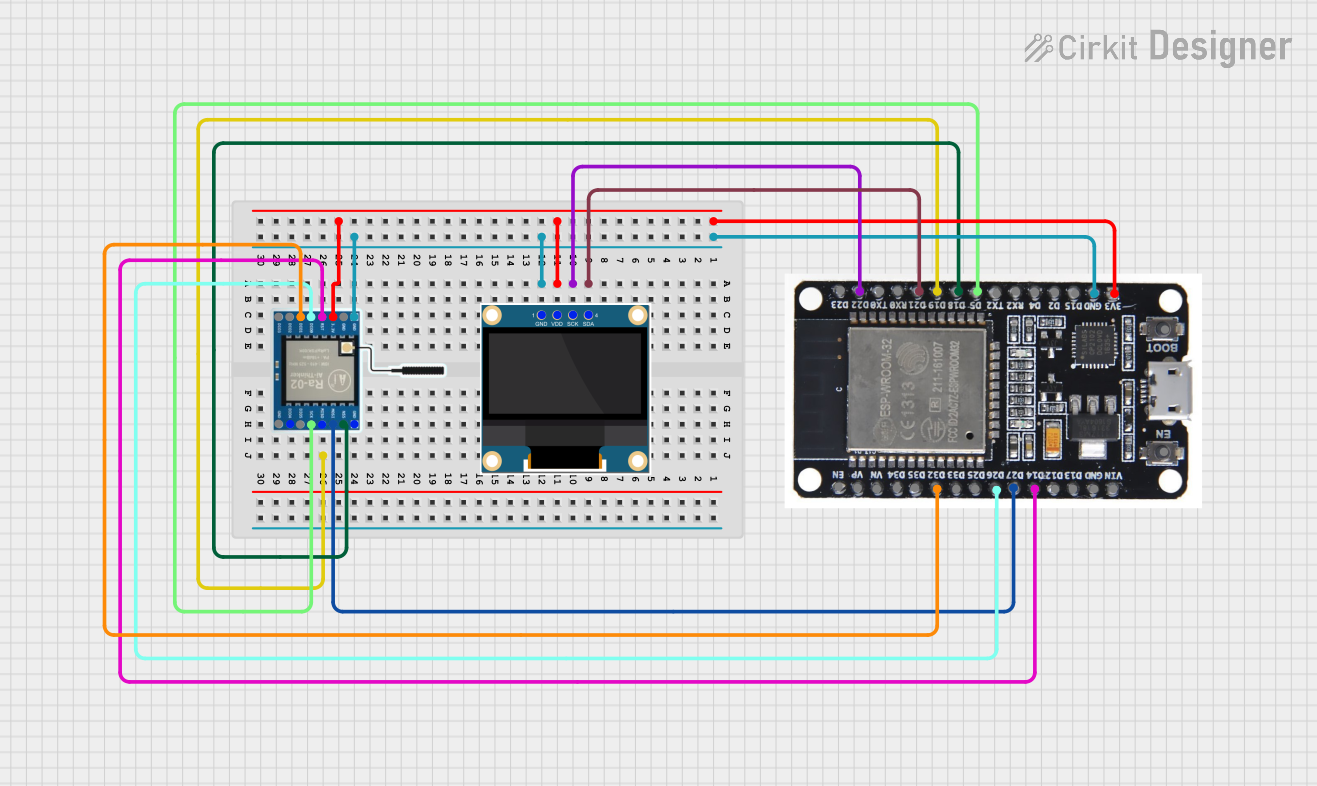
 Open Project in Cirkit Designer
Open Project in Cirkit Designer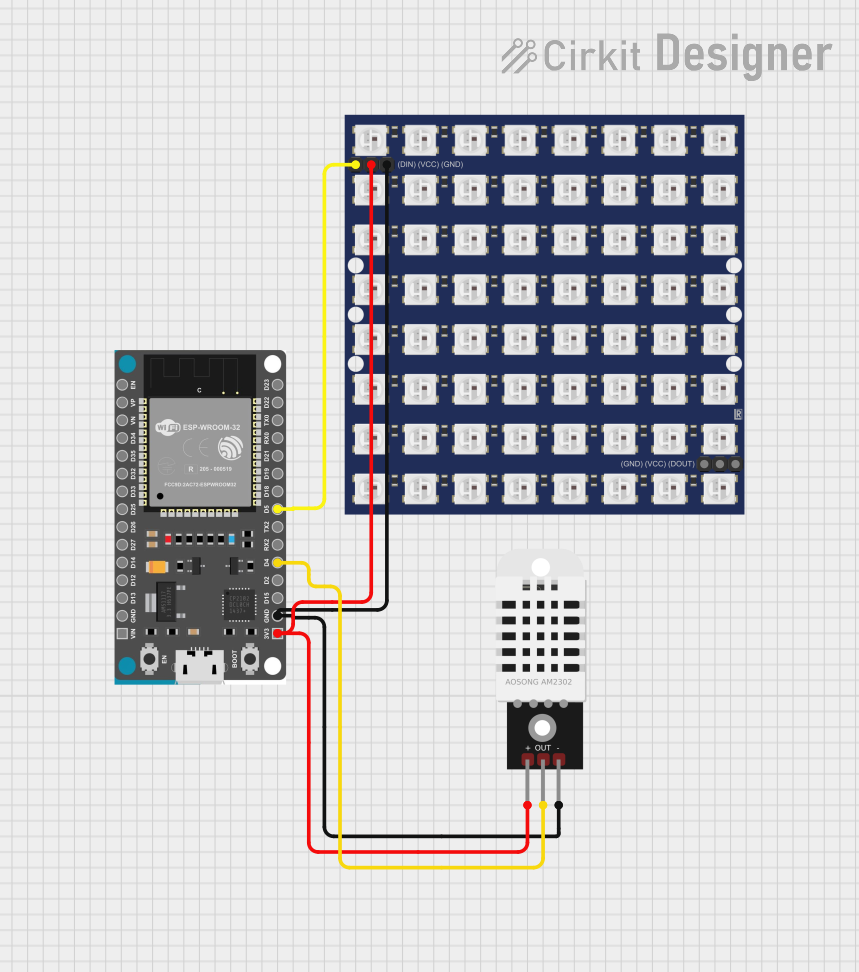
 Open Project in Cirkit Designer
Open Project in Cirkit DesignerExplore Projects Built with ESP32 NODE32S

 Open Project in Cirkit Designer
Open Project in Cirkit Designer
 Open Project in Cirkit Designer
Open Project in Cirkit Designer
 Open Project in Cirkit Designer
Open Project in Cirkit Designer
 Open Project in Cirkit Designer
Open Project in Cirkit DesignerCommon Applications and Use Cases
- IoT devices and smart home systems
- Wireless data logging and monitoring
- Bluetooth Low Energy (BLE) beacons and devices
- Robotics and automation projects
- Real-time data streaming and control
- Prototyping for industrial IoT solutions
Technical Specifications
The ESP32 NODE32S is packed with features that make it a powerful and flexible development board. Below are its key technical specifications:
| Specification | Details |
|---|---|
| Microcontroller | ESP32 dual-core processor with Xtensa LX6 architecture |
| Clock Speed | Up to 240 MHz |
| Flash Memory | 4 MB (varies by model) |
| SRAM | 520 KB |
| Wireless Connectivity | Wi-Fi 802.11 b/g/n, Bluetooth 4.2 (Classic and BLE) |
| Operating Voltage | 3.3V |
| Input Voltage (VIN) | 5V (via USB or external power supply) |
| GPIO Pins | 30+ (varies by board layout) |
| ADC Channels | 18 (12-bit resolution) |
| DAC Channels | 2 |
| Communication Interfaces | UART, SPI, I2C, I2S, CAN, PWM |
| Power Consumption | Ultra-low power consumption in deep sleep mode (as low as 10 µA) |
| Dimensions | Approximately 58mm x 25mm |
Pin Configuration and Descriptions
The ESP32 NODE32S has a variety of pins for different functionalities. Below is a table summarizing the key pin configurations:
| Pin | Function | Description |
|---|---|---|
| VIN | Power Input | Accepts 5V input from USB or external power supply. |
| 3V3 | 3.3V Output | Provides 3.3V output for external components. |
| GND | Ground | Common ground for the circuit. |
| GPIO0 | General Purpose I/O, Boot Mode | Used for boot mode selection during programming. |
| GPIO2 | General Purpose I/O, ADC, PWM | Can be used as an analog input or PWM output. |
| GPIO16-39 | General Purpose I/O, ADC, DAC, etc. | Multi-functional pins for digital/analog input/output, PWM, and communication. |
| TXD0, RXD0 | UART0 (Serial Communication) | Default UART pins for serial communication. |
| EN | Enable | Resets the board when pulled low. |
| IO34-39 | Input Only | These pins are input-only and cannot be used for output. |
Note: Some GPIO pins have specific restrictions or are used during boot. Refer to the ESP32 datasheet for detailed pin behavior.
Usage Instructions
How to Use the ESP32 NODE32S in a Circuit
Powering the Board:
- Connect the board to your computer via a micro-USB cable for power and programming.
- Alternatively, supply 5V to the VIN pin and connect GND to the ground of your power source.
Programming the Board:
- Install the Arduino IDE and add the ESP32 board support package.
- Select "ESP32 Dev Module" from the Tools > Board menu.
- Connect the board to your computer and select the appropriate COM port.
- Write your code and upload it to the board.
Connecting Peripherals:
- Use the GPIO pins to connect sensors, actuators, or other peripherals.
- Ensure that the voltage levels of connected devices are compatible with the 3.3V logic of the ESP32.
Wireless Communication:
- Use the built-in Wi-Fi and Bluetooth capabilities for wireless communication.
- Libraries such as
WiFi.handBluetoothSerial.hcan simplify development.
Important Considerations and Best Practices
- Voltage Levels: The ESP32 operates at 3.3V logic. Avoid connecting 5V signals directly to GPIO pins to prevent damage.
- Boot Mode: Ensure GPIO0 is pulled low during programming to enter boot mode.
- Power Supply: Use a stable power source to avoid unexpected resets or instability.
- Deep Sleep Mode: Utilize deep sleep mode for battery-powered applications to conserve energy.
Example Code for Arduino IDE
Below is an example of how to connect the ESP32 NODE32S to a Wi-Fi network and blink an LED:
#include <WiFi.h> // Include the WiFi library
const char* ssid = "Your_SSID"; // Replace with your Wi-Fi network name
const char* password = "Your_PASSWORD"; // Replace with your Wi-Fi password
const int ledPin = 2; // GPIO2 is connected to the onboard LED
void setup() {
pinMode(ledPin, OUTPUT); // Set GPIO2 as an output
Serial.begin(115200); // Start serial communication at 115200 baud
Serial.println("Connecting to Wi-Fi...");
WiFi.begin(ssid, password); // Connect to the Wi-Fi network
while (WiFi.status() != WL_CONNECTED) {
delay(500);
Serial.print("."); // Print dots while connecting
}
Serial.println("\nWi-Fi connected!");
Serial.print("IP Address: ");
Serial.println(WiFi.localIP()); // Print the assigned IP address
}
void loop() {
digitalWrite(ledPin, HIGH); // Turn the LED on
delay(1000); // Wait for 1 second
digitalWrite(ledPin, LOW); // Turn the LED off
delay(1000); // Wait for 1 second
}
Tip: Replace
Your_SSIDandYour_PASSWORDwith your Wi-Fi credentials.
Troubleshooting and FAQs
Common Issues and Solutions
Board Not Detected by Computer:
- Ensure the USB cable is functional and supports data transfer.
- Install the correct USB-to-serial driver for your operating system.
Upload Fails with Timeout Error:
- Check that GPIO0 is pulled low during programming.
- Press and hold the "BOOT" button while uploading the code.
Wi-Fi Connection Fails:
- Verify the SSID and password are correct.
- Ensure the Wi-Fi network is within range and not using unsupported security protocols.
Random Resets or Instability:
- Use a stable power source with sufficient current (at least 500mA).
- Avoid using GPIO pins that are reserved for boot or other special functions.
FAQs
Q: Can I use the ESP32 NODE32S with 5V sensors?
A: Yes, but you will need a level shifter to safely interface 5V signals with the 3.3V logic of the ESP32.
Q: How do I enable deep sleep mode?
A: Use the esp_deep_sleep_start() function in your code. Connect GPIO pins to wake the ESP32 from deep sleep.
Q: Can I use the ESP32 NODE32S for Bluetooth audio?
A: Yes, the ESP32 supports Bluetooth audio via the A2DP profile. Use the esp_a2dp_sink library for implementation.
Q: What is the maximum range of Wi-Fi and Bluetooth?
A: Wi-Fi range is typically up to 50 meters indoors and 200 meters outdoors. Bluetooth range depends on the mode but is generally up to 10 meters for BLE.
For additional support, refer to the official ESP32 documentation or community forums.